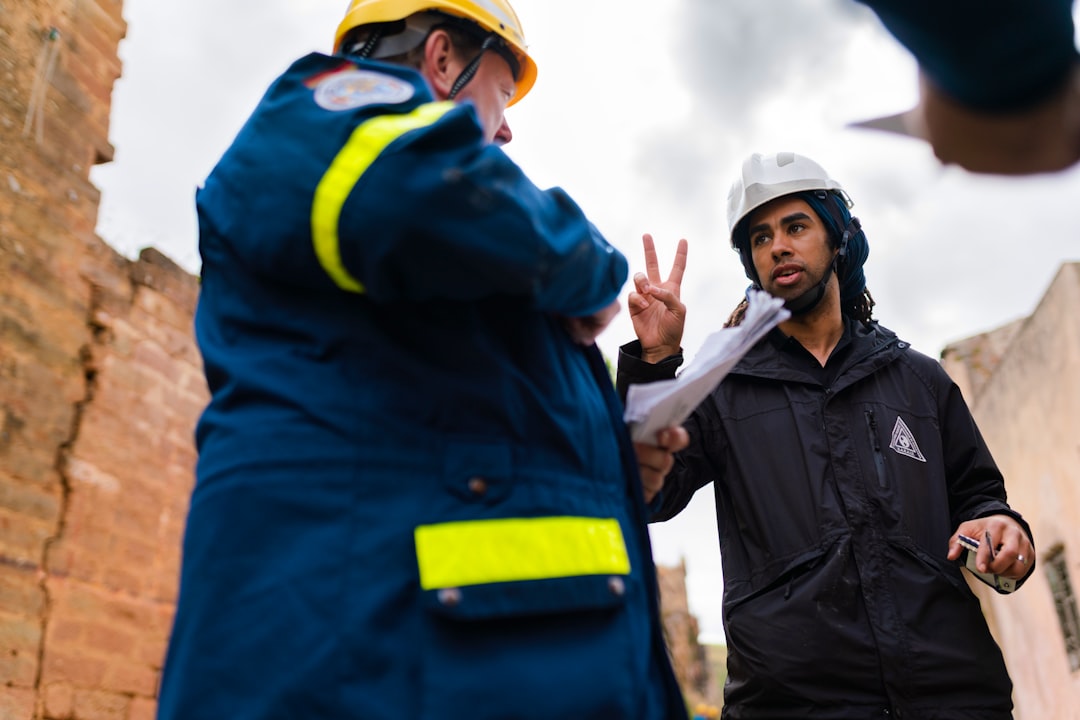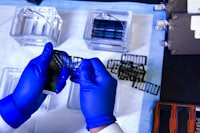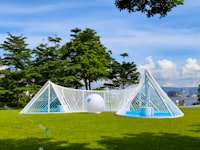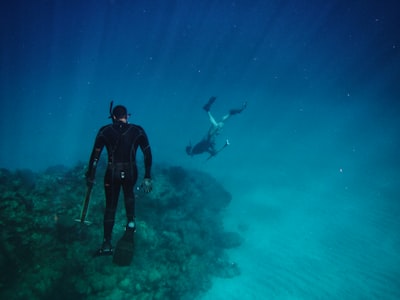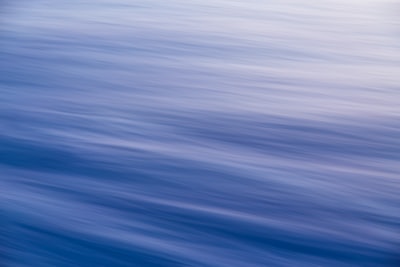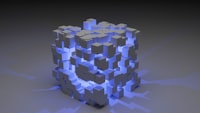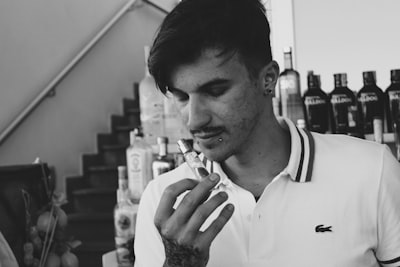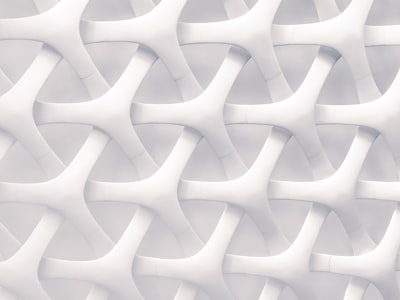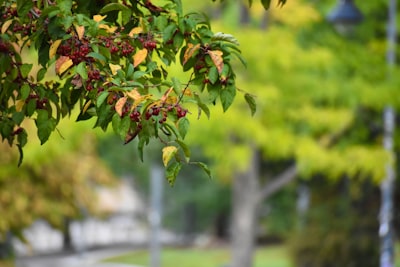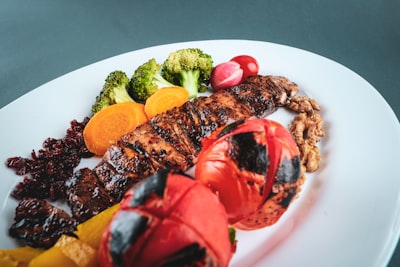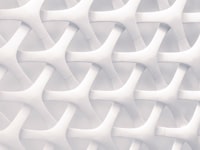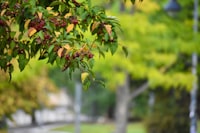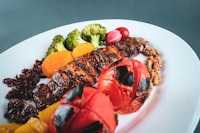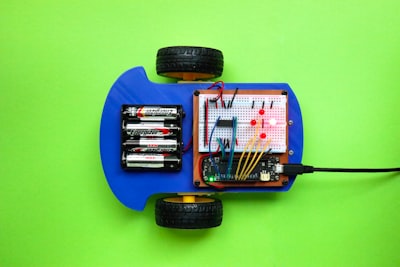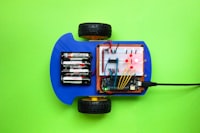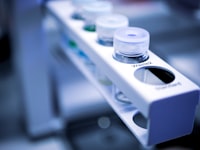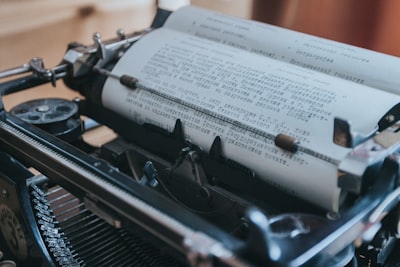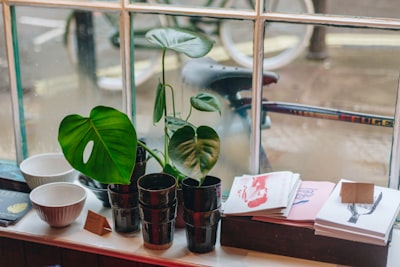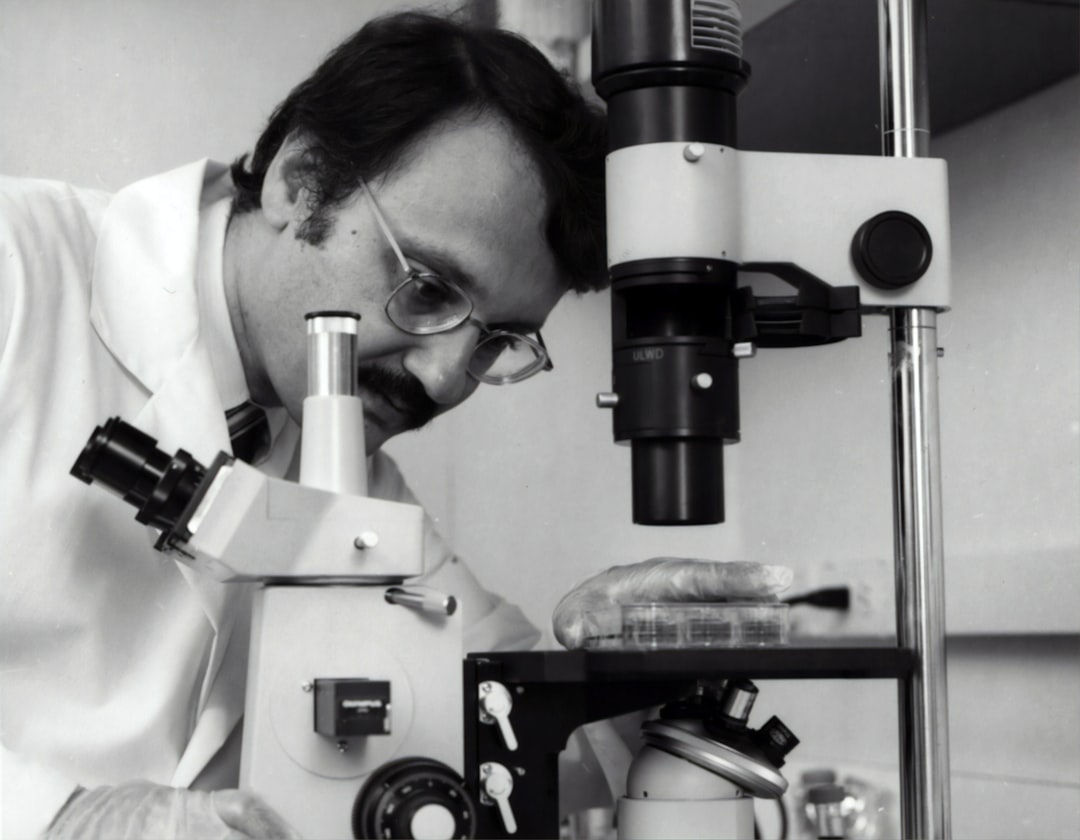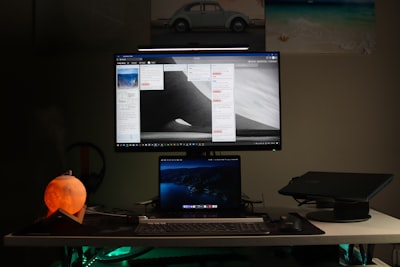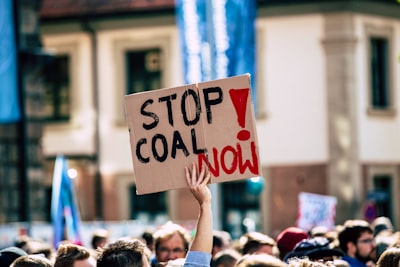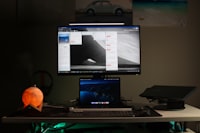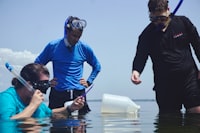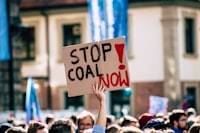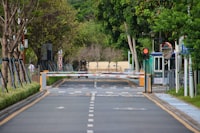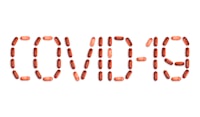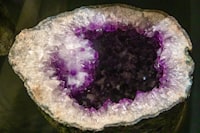Conference paper
Model Green School di Sekolah Menengah Pertama di Kota Bandung: Studi Pendahuluan
Telah dilakukan studi pendahuluan berkaitan dengan pengembangan model green school melalui mata pelajaran PLH dalam upaya penyediaan sumber belajar IPA di SMP. Tujuan penelitian ini adalah untuk (1) mengidentifikasi pembelajaran PLH dan IPA terutama materi keanekaragaman tumbuhan, (2) mengidentifikasi jenis-jenis tumbuhan yang ada di pekarangan sekolah, dan (3) mengembangkan model green school. Subjek penelitian adalah guru-guru PLH dan IPA yang berasal dari lima SMP pilihan yang ada di Wilayah Timur Kota Bandung. Instrumen yang digunakan meliputi: (1) Angket guru PLH untuk mengidentifikasi pembelajaran yang biasa dilaksanakan pada pelajaran PLH pada materi penghijauan dan angket guru IPA untuk mengidentifikasi pembelajaran pada materi keanekaragaman tumbuhan terutama klasifikasi tumbuhan, dan (2) Lembar observasi untuk mendata jenis-jenis tumbuhan yang ada di pekarangan sekolah. Hasil menunjukkan bahwa: (1) pada pembelajaran PLH yang biasa dilaksanakan oleh guru, kegiatan menaman tanaman merupakan salah satu tugas yang diberikan oleh semua guru PLH pada materi penghijauan; (2) pada pembelajaan IPA yang biasa dilaksanakan, menunjukkan bahwa semua guru yang menjadi subjek penelitian menggunakan media tumbuhan asli ketika membelajarkan klasifikasi tumbuhan; (3) Jenis-jenis tumbuhan yang ditanam di halaman sekolah masing-masing sekolah subjek penelitian sangat bervariasi; dan (4) adanya ketidaksesuaian antara tumbuhan yang dipilih untuk ditanam pada mata pelajaran PLH dan yang dibutuhkan guru IPA untuk media pembelajaran keanekaragaman tumbuhan serta tuntutan buku ajar, maka perlu dikembangkan model green school.


